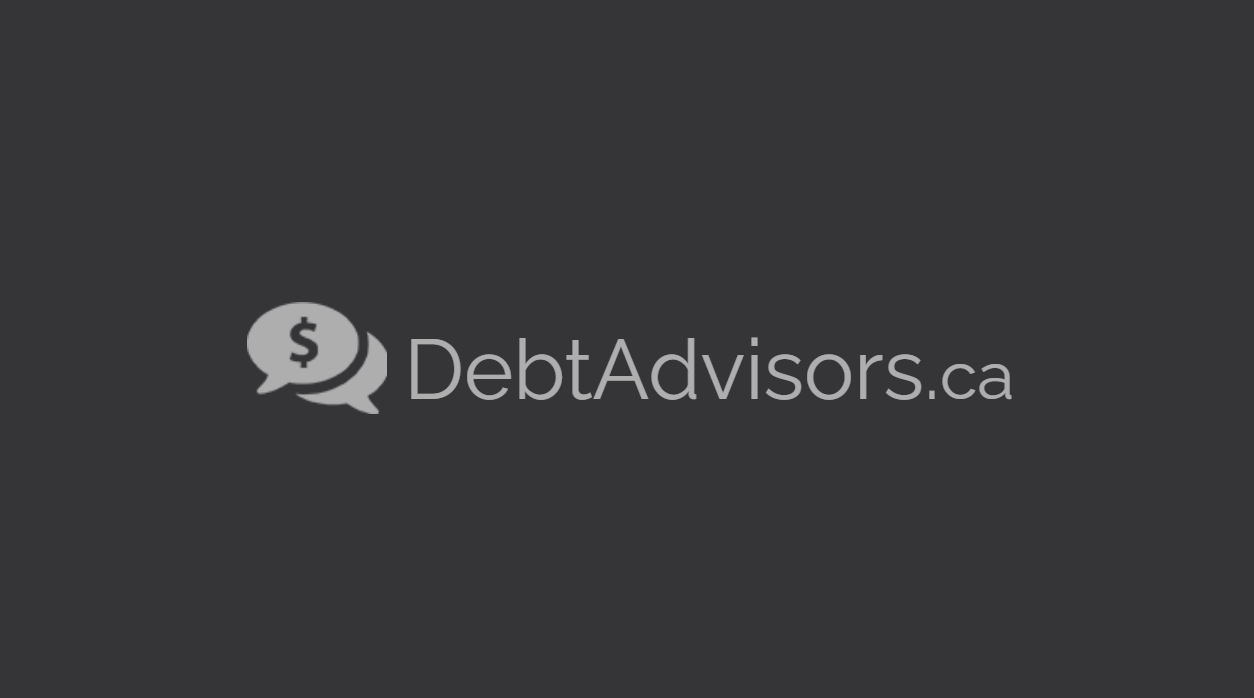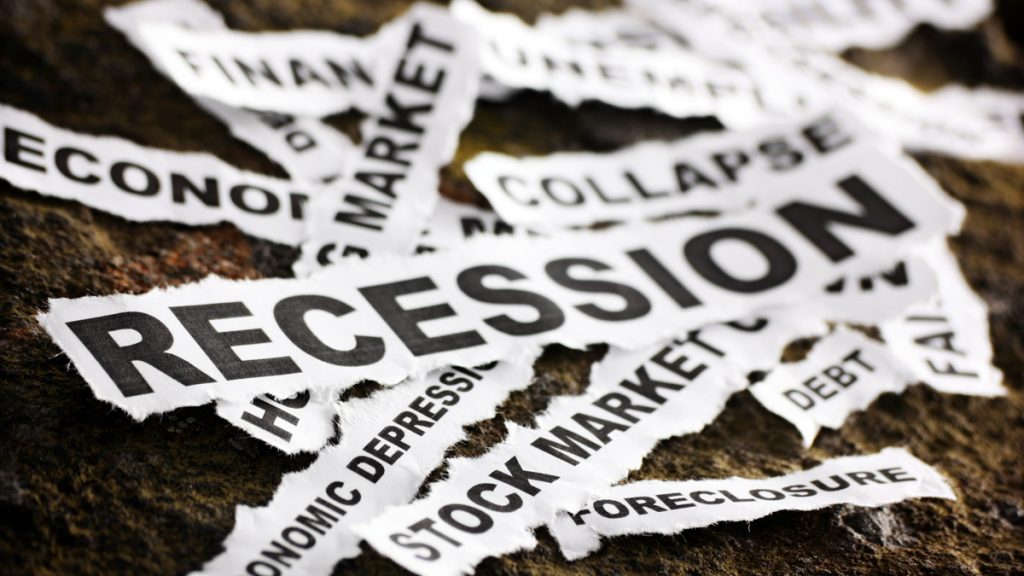CA
Retirement Planning in Canada: a guide to start
Are you a Canadian citizen? If so, you might want to know how to plan your retirement. So, read more to learn everything about retirement planning in Canada!
Learn everything about the retirement planning in Canada

We all know that making a plan for your retirement is an important thing to do. But what does it entail? There are many aspects related to retiring, but today we’re going to focus on Canada’s retirement plans. In this post, we will give you some insight to start planning your retirement. Also, we will describe some of the available personal retirement plans in Canada. So, be sure to keep reading to learn about retirement planning in Canada!

10 steps to retire early
Who doesn't want to retire early and reach financial independence? Read on to know the steps to achieve this goal and enjoy your retirement!
What age is best to retire in Canada?

First of all, many experts say that it is best to start saving for retirement right when you start working. However, many people around 25 years old have to pay student loans and other types of spendings. Also, to know when is the best age to retire, you need to know when you will start saving.
Moreover, if you plan to retire early, in your 50s, for example, you might need to work very hard or start investing. That is because you need to think about all the expenses you might have when you are older. For example, you will need to save a good amount of money just for things like medical expenses and food. Also, if you want to have an active retirement, traveling, learning new abilities, etc, you might need to save a bit more.
Therefore, if you start saving at around age 28, you can have a very good amount of money for your retirement. If you think about getting investments with annual interest compounding, you might even have more than $100,000 at age 65.
It all depends on where you will put your savings to maintain your retirement plan. So, a good age is as early as possible. However, you can start saving only small amounts, like as little as $50 a month. After you achieve a more stable financial life, you can start saving much more money.
You will be redirected to another website
By submitting this form, I agree that I am 18+ years old and I agree to the Privacy Policy and Terms and Conditions. I also provide my signature giving express consent to receive marketing communications via automated emails, SMS or MMS text messages and other forms of communication regarding financial products such as credit card and loans. Message frequency varies and represents our good faith effort to reach you regarding your inquiry. Message and data rates may apply. Text HELP for help or text STOP to cancel. I understand that my consent to receive communications is not a condition of purchase and I may revoke my consent at any time.
How much money does the average Canadian need to retire comfortably?

A comfortable retirement depends on how you want to live your life after retiring. Do you want to have enough money to pay for your daily needs, medical expenses, and family? If so, you might not need an exorbitant amount of money for your retirement. However, if you want to travel a lot, dine out, buy a lot of things, then you might need to save more.
Moreover, if you plan to retire at age 60, or 65, you will have to calculate how much you will need until you are at least 80 or 85 years old. You also need to consider that you will not have any other type of income source. Unless you want to keep working somewhere or on some project, even if fewer hours a week.
Therefore, to calculate how much you will need to retire comfortably, you need to plan your life after retirement. If you plan to travel and have an active retirement, you may need to start saving at age 25 or 28 to retire at age 60. However, you might need to consider that you will not have any of the early adult expenses, such as credit card debt, mortgage, and others.
So, you might need to calculate a way to save enough money to earn the same or a bit less per year than at age 30, for example. This way, you might want to earn 70% or 80% of your current yearly income for each retirement year. To do this, you will have to search for many tips on how to save your money before retirement.
For example, a very popular rule is the 50/30/20 rule. With this rule, you would use 50% of your money on things like housing and food, 30% of your money would go to entertainment, and 20% for your savings.
What should I do 1 year before retirement?
The year before you retire, you will need to have already followed your retirement plan very carefully. Also, you will only have one year to get many things ready to stop working. For example, you might need to make more investments or work more to reach your retirement goal.
In addition, you will need to adjust your investment portfolio so that you can withdraw and effectively use all the money you have saved. Also, you might need to get some documents ready. And a very important thing is getting ready to protect yourself from fraud and scams. This is because many people try to financially abuse or scam those who retire. After all, they know they probably have savings.
However, a very important thing you can do the year before your retirement is to plan the fun and interesting activities you will do. So, it is important to think about possible outcomes and get ready. But, it can also be great to plan your retirement adventures.
What is the most popular personal retirement plan in Canada?
There are many different ways for someone to do their retirement planning in Canada, such as saving through a Tax-Free Savings Account (TFSA), contributing to a Registered Retirement Savings Plan (RRSP), creating investment accounts, through company pension plans, and more. Also, you can try to save through private retirement plans. So, here is a list explaining a bit more about three different ways to retire in Canada.
1. Tax-Free Savings Account (TFSA)
We can start by explaining what TFSA is. It is a way for those older than 18 years to save money in a tax-free way during their life. Also, if you choose to start contributing to TSFA, your contributions will not be deductible for income tax purposes. Plus, even when you withdraw money from your TSFA account, it will be tax-free.
Moreover, TSFAs can come in three different ways: a deposit, an arrangement in trust, and an annuity agreement. Also, you must be thinking: How can I start saving through TFSA? Many places issue TSFAs, such as banks, trust companies, and others. To know which type of TSFA is the best one for you, find a TFSA issuer and get help from the professionals.
2. Registered Retirement Savings Plan (RRSP)
You can plan your retirement by having the government of Canada register your retirement savings plan. After you register your savings plan, you, your spouse, or your common-law partner can contribute to it. Also, if you do not take your income out of the RRSP, you can have that amount exempt from tax.
Moreover, you can create an RRSP with financial institutions, such as banks, trust companies, insurance companies, or credit unions. Also, the company with which you will make your RRSP will be responsible for informing you about the features of each type of RRSP.
3. Investment Accounts
If you want to invest in some retirement plan that can give you more money, you can start thinking about investment accounts. You can create an investment account with many different investment options, such as mutual funds, Exchange Traded Funds (ETFs), and others.
However, before you open an investment account and choose an investment option, it can be best for you to do some research. By researching before choosing your investment for your retirement plan, you can find the one that will best suit your personal needs. Also, you will need to analyze how high or low is your risk tolerance for the investments you plan to make.
Moreover, if you want to learn more about investments, you can find many posts on our website with guides for beginners. Also, you can start by reading the post below with information about eight types of investment accounts!

The 8 different types of investment accounts
In addition to having a normal bank account, you can open one of the different types of investment accounts there are. Come and see.
About the author / Victória Lourenço
Reviewed by / Aline Barbosa
Senior Editor
Trending Topics

How to apply for Debt Advisors?
Learn today how to apply for Debt Advisors and find your debt relief and consolidation so that you can live better. Check this article out!
Keep Reading
CUMIS Home Insurance review: solutions for credit unions
Check out the CUMIS Home Insurance review post and learn how it works. CUMIS provides great insurance solutions to Canada's credit unions.
Keep Reading
How to trade in the Newton crypto wallet?
If you are a Canadian, learn how to trade in the Newton crypto wallet so you can maximize your profit and minimize the costs of your trading.
Keep ReadingYou may also like

Child and Adult Care Food Program (CACFP): see how to apply
Get the scoop on what it takes to apply for ACFP! Get support to provide nutritious food for those who need it! Read on and learn more!
Keep Reading
How to prepare for a recession?
A recession might be underway, and it’s best to be ready for it. Here are some tips on what you can do now to help cushion the blow when the next economic downturn happens.
Keep ReadingGet creative: 8 apps that turn photos into awesome caricatures
Want to impress your friends with your photo editing skills? These apps turn your photos into stunning caricatures with just a few taps. Keep reading!
Keep Reading